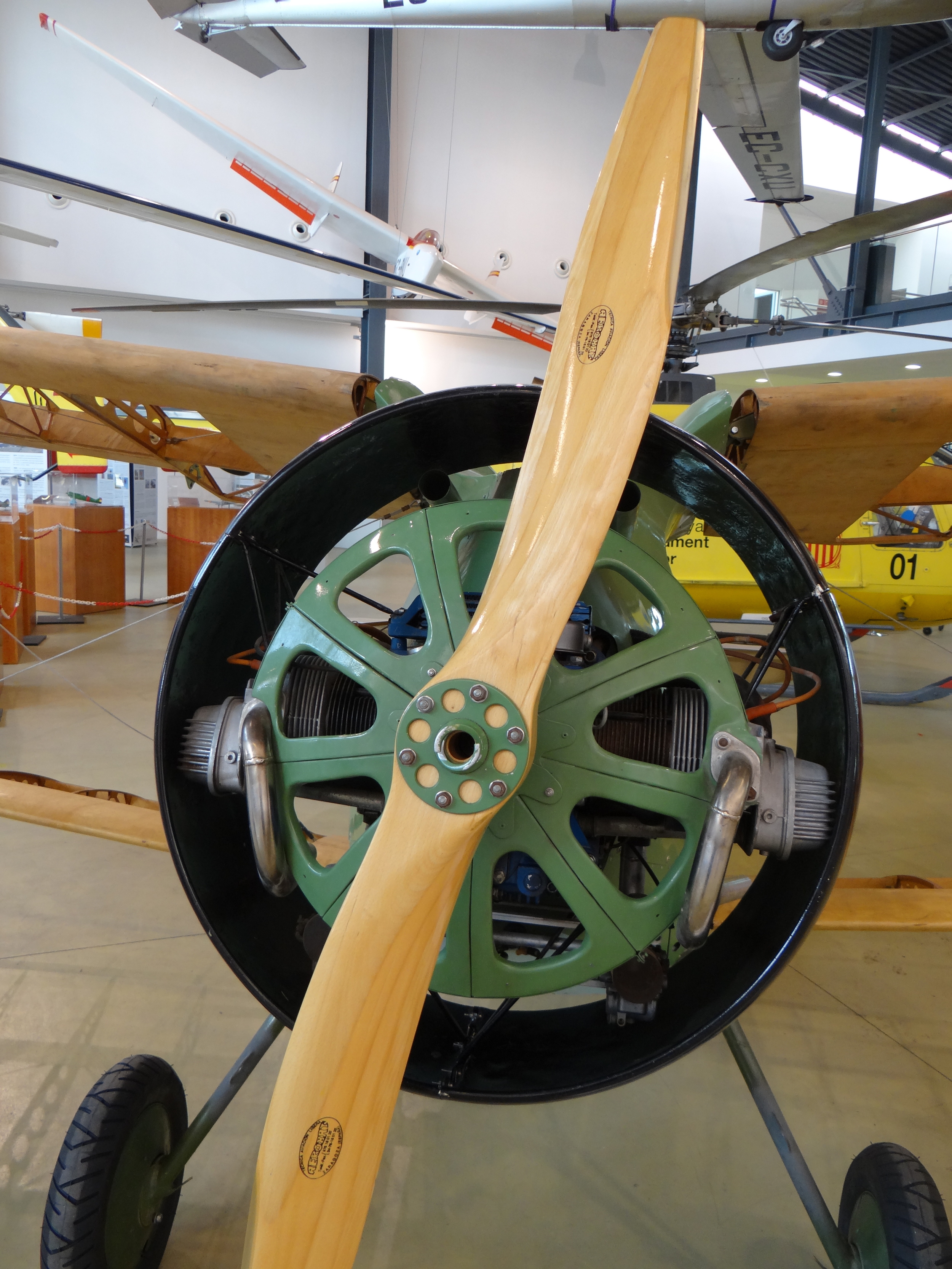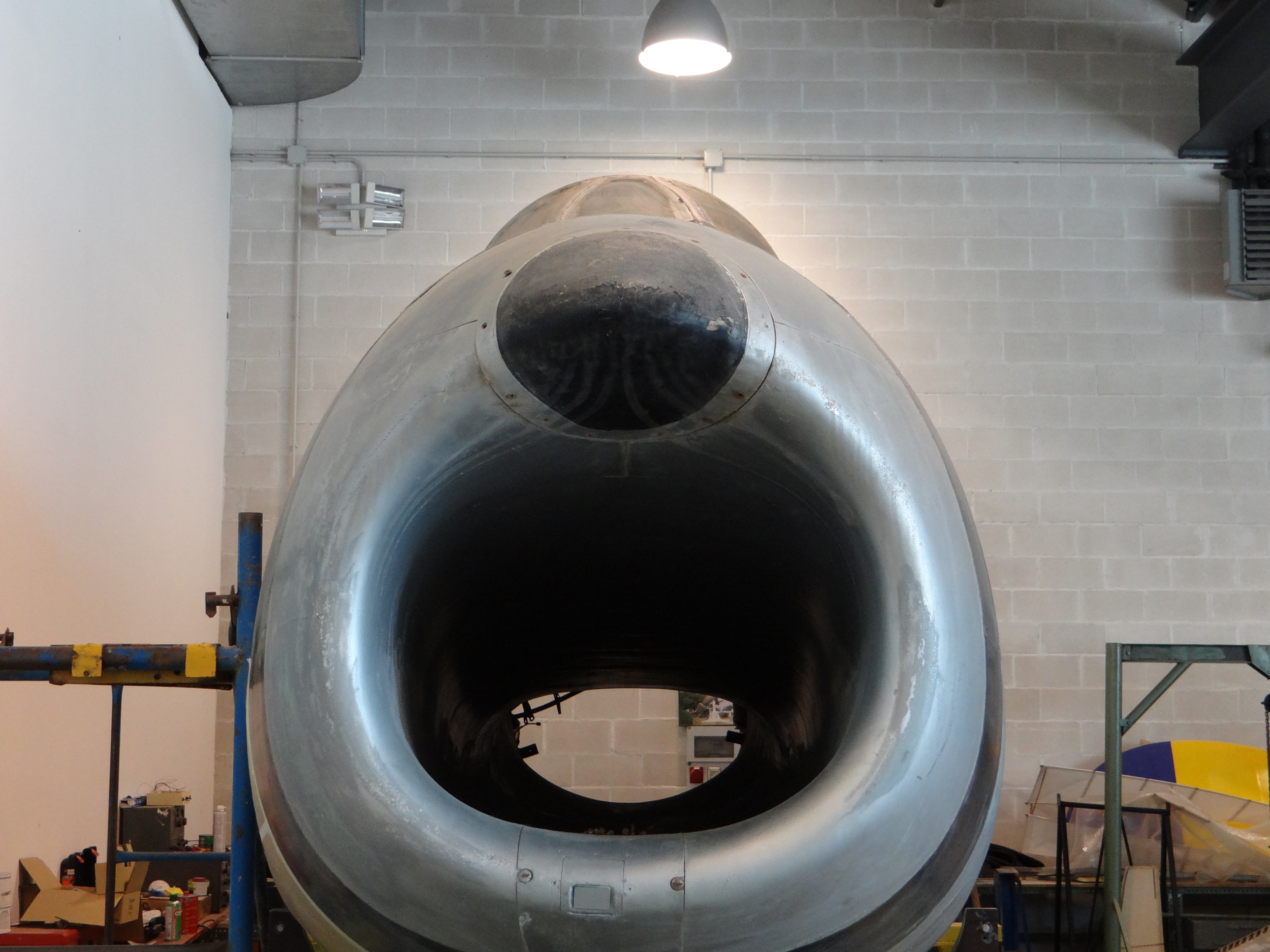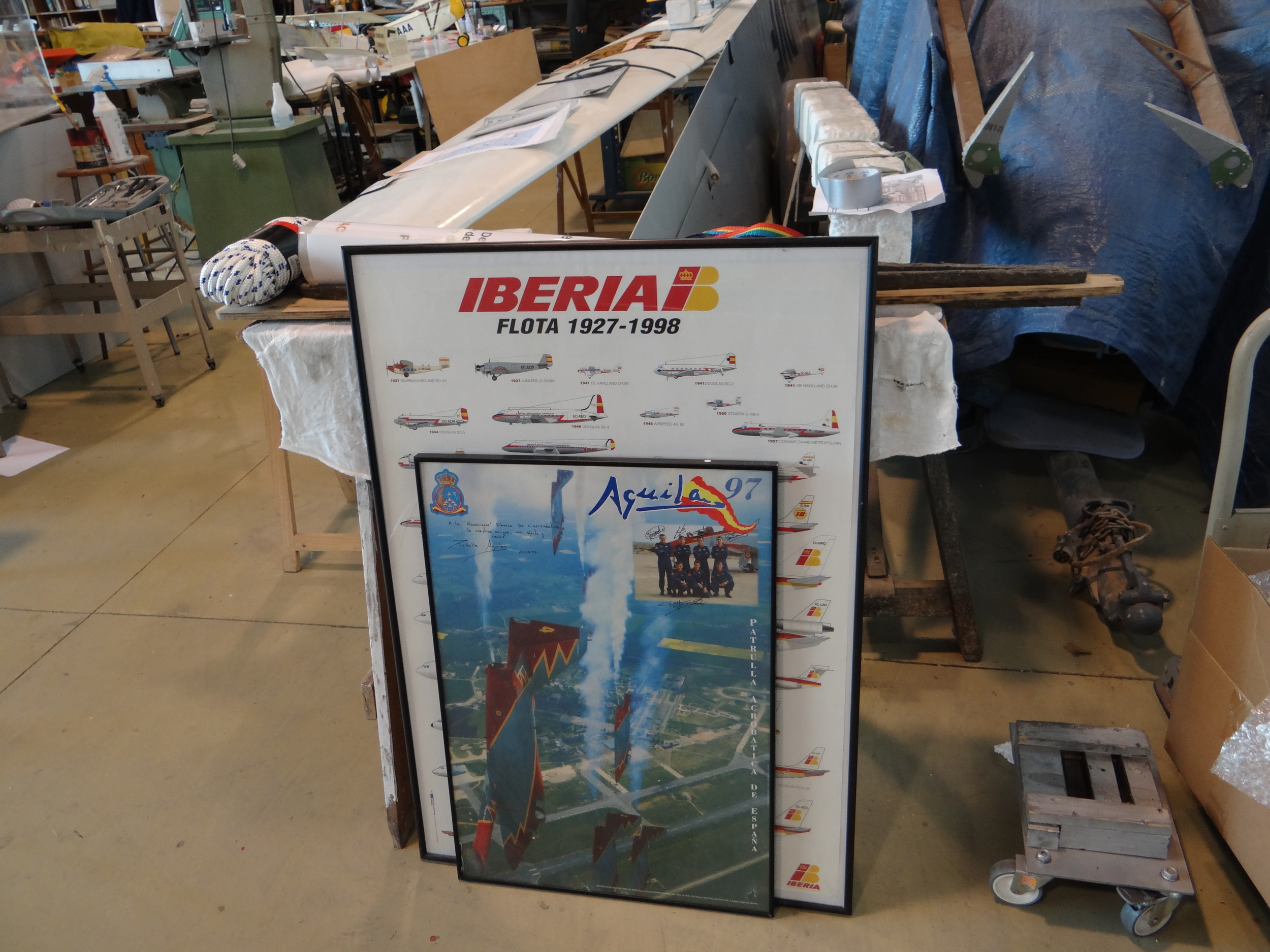100 years of aviation in Barcelona
Barcelona has, at long last, its aviation museum...if only temporarily...from 13th May to 12th June, the Centre Cultural Aeronautic, a multipurpose contemporary building located near Barcelona's international airport Terminal 2, is hosting the exhibition "Catalunya Aeronàutica 1916-2016", that celebrates the centennary of civilian aviation in Catalonia.
Barcelona Aeronautical Cultural Center, located in an airy building of modern lines within walking distance of the airport's Terminal 2
With this purpose, the Fundació Parc Aeronàutic de Catalunya, a non-profit organisation staffed by volunteers, has assembled a remarkable collection of aircraft that are connected to the development of aviation in Barcelona and Catalonia.
For example, visitors will come across a replica of a Blériot XI. This aircraft type, is best known for having completed the first crossing of the English Channel by air, but has also the honour of having been the first aircraft to fly in Spain, taking off from the very spot where the Barcelona's present day airport is located.
Replica of the Blériot XI that performed the first flight in Spain
Not everything in the museum has wings!
An artist's depiction of the early days of Barcelona airport, with the facilities of French airline Latécoère. After WWI Barcelona became an important stop in the first air route between France and Morocco.
Despite its pioneering role in the development of aviation in Spain, and its current position as one of Europe's top airports, for most of the last century Barcelona lacked a local aircraft industry, any major home airline or air force establishment, which means the static display is mostly oriented towards general aviation models, including quite a few sailplanes.
The center stage is taken by a bright yellow MBB BO-105 helicopter and a 1930s Polikarpov I-15
Quite a few gliders hanging from the roof
A sailplane close-up
The tiny aircraft in the foreground is a Mignet "Pou du Ciel", literally "Flying flea", a 1930s design that really caught my eye. On the background is a traditional "gegant", typical of Catalonia's folklore, in aviator's costume.
Replica of a Monocoque Hedilla II, built by volunteers of the Funació Catalunya Parc Aeronàutic.
Gliders coming from all sides...
Glider close-up
A Polikarpov I-15 "Chaika" in colour scheme of the Spanish Republic. The type saw active service during the Spanish Civil War.
Polikarpov I-15 propeller
There are also some engine parts and components on display
This MBB Bo-105 was used many years by the government of Catalonia
This helicopter's primary role was in support of Catalonia's fire brigade in search and rescue missions, but, on occasions, it also served as VIP transport for the Catalan president
The rear side of the MBB Bo-105
We could also see the workshop, where this ex-Spanish air force F-86 Sabre is undergoing restoration
From the F-86 to the Airbus A380-800!
Frontal view of a F-86 Sabre. You can see how this aircraft was really built around the engine!
The workshop where volunteers of the foundation work on restoration projects - By the way, where can I get a poster like this one?
How to get to the Centre Cultural Aeronàutic?
This is maybe the hardest part...
The center is within walking distance of Barcelona-El Prat airport Terminal 2, that is itself connected to the city through teh recently inuagurated Line 9 of the Metro, as well as suburban train and the Aerobus.
In the map below I have roughly highlighted the path you should follow if going there on foot from Terminal 2.
Opening times are:
Tuesday to Saturday 10:30- 13:30 and 16:30 - 19:30
Sunday 10.30-13.30
Entrance is free.
And remember: only until the 12th June 2016!
Last, but not least, there is also some great planespotting nearby (although, again, not easy to get too without a car!)






















